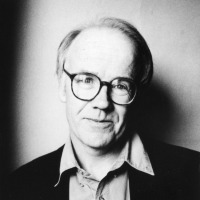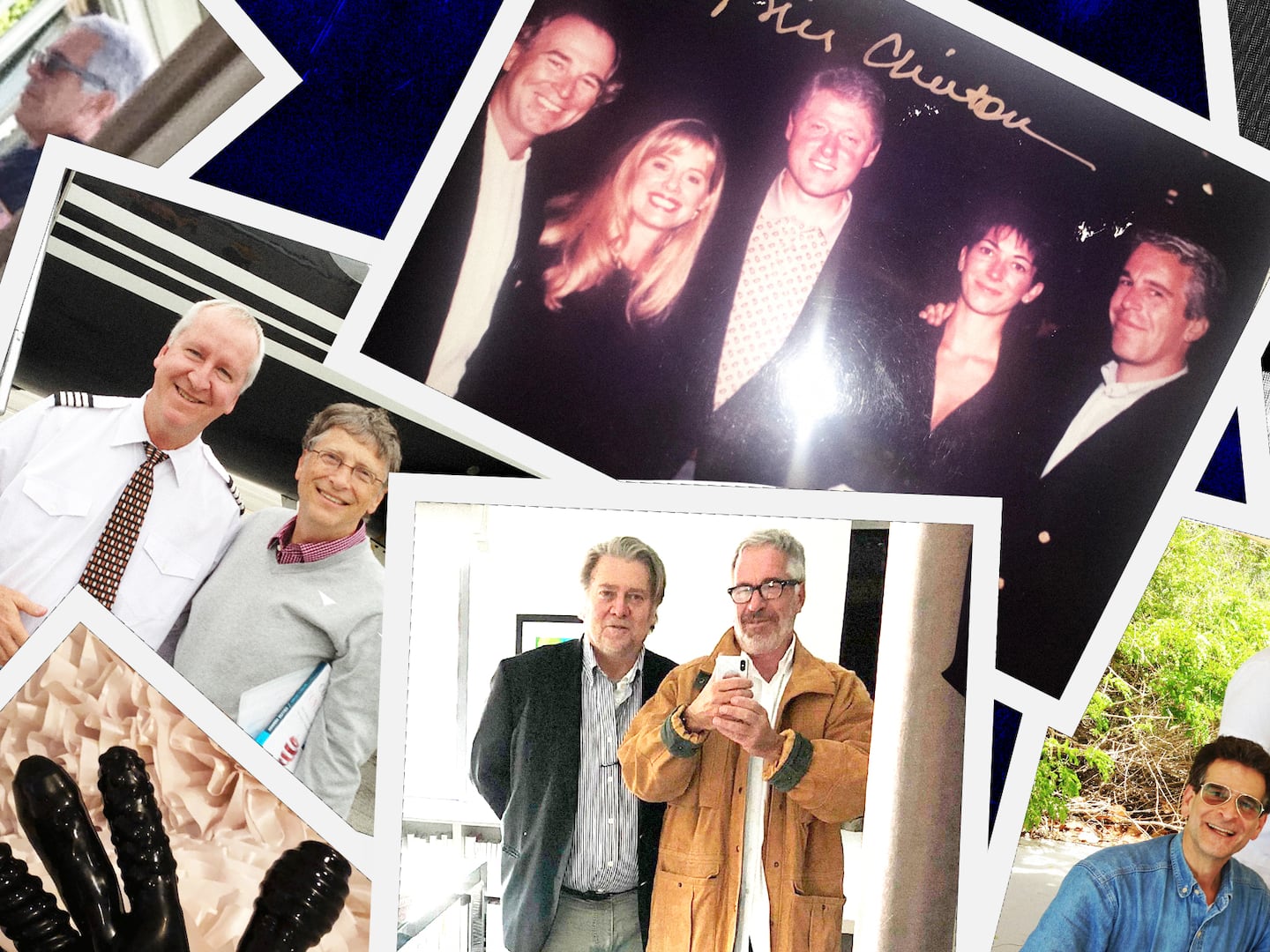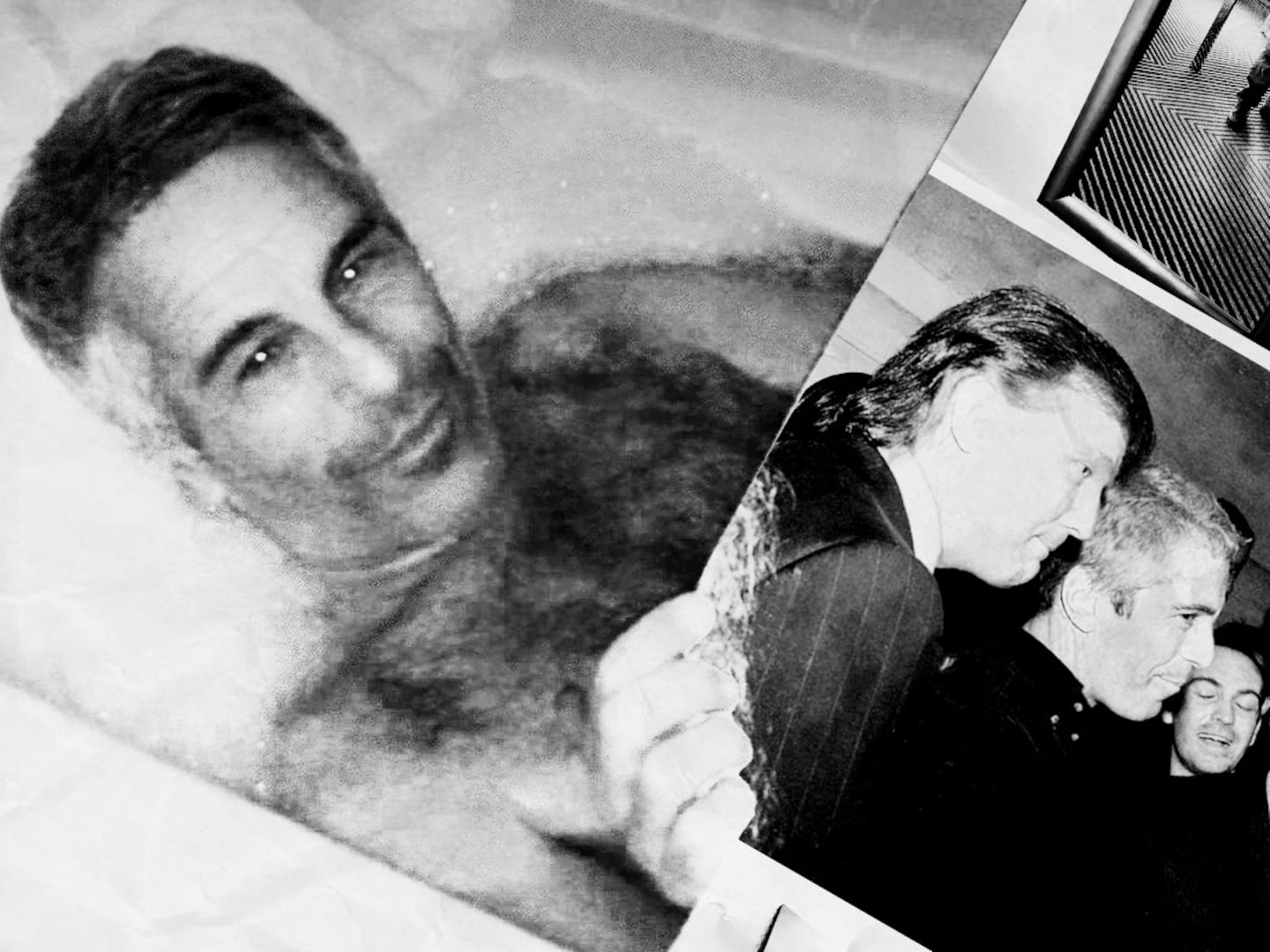Two hundred years ago today, in a decaying Scottish tenement, a man was born who would become a unique British hero, venerated more for his “goodness” than for his deeds. Sixty years later, people wept inside Westminster Abbey where the Prime Minister and the Prince of Wales were mourners at his state funeral. David Livingstone had been a missionary—not just an explorer—and was said to have died in prayer in an African swamp, worn out by his efforts to bring Christianity to Africa. The powerful myth that grew up around his name would inspire later imperialists with the comforting notion that the colonial occupation of Africa was an altruistic civilizing mission more than a quest for minerals and international dominance.

The real Dr. Livingstone had a darker, more complex personality than his grieving mourners imagined. In childhood, he had overcome his disadvantages by a will so steely that its lifelong legacy was contempt for weaker men. At Age 10 he had been put to work in a cotton mill, crawling under the machines up to 20 miles a day, twisting together fraying threads. Each evening he strove to read and write. With his earnings Livingstone bought books and balanced them on the machinery until other children hurled bobbins. He went on to be ordained a minister and to qualify as a doctor.
In Botswana, where he started work as a medical missionary in 1841, he proved himself exceptional by refusing to condemn polygamy and other customs which his missionary colleagues considered barbaric. Though despising his co-workers, he would fail as an evangelist, making, in eight years, one convert—a chief, who promptly got an ex-wife pregnant. Livingstone had dreamed of preaching “beyond every other man’s line of things,” and now conveniently decided that only distant tribes, uncontaminated by contact with whites, would prove receptive to Christianity.
In 1851, he found his “pure” tribe on the banks of the Zambezi at the heart of Africa, but was horrified to find that the Kololo sold women and children to the mixed-race agents of Portuguese slave traders. Livingstone thought that “this perpetual capturing and sale of children” made the external slave trade “a small evil in comparison.” In shock, he decided that only new colonies (preferably British) would stop the slave trade. This was ironic since further south he had felt that contact with whites had “deteriorated all the tribes I have seen lately.” The Kololo had to pay in slaves for the factory goods they coveted. But British traders would surely accept payment in nuts, ivory, and animal skins if Livingstone showed that boats could navigate the Zambezi from the coast.
By now, he was married to Mary Moffat, a local missionary’s daughter: “a little thick black haired girl, sturdy and all I want.” He had already taken Mary and their three children on two journeys to the Zambezi region. All contracted malaria and Mary lost a baby. In the Kalahari Desert, the children drank with blackened tongues, “water putrid with rhinoceros urine.” On his new journey across Africa, Livingstone traveled alone, having sent his family to England. Living in cold, rented rooms, Mary became an alcoholic, while Livingstone became the world-famous first European to cross the continent from coast to coast, thanks to porters lent to him by the Kololo chief.

Between 1853 and 1856 he crossed Africa to the Atlantic from a point on the Zambezi close to Victoria Falls (which he “discovered” and named). Despite having suffered 27 bouts of malaria, he then tramped back across the entire continent to the Indian Ocean. How else could he prove that the Zambezi was “a highway” into the interior? During his journey, a man tried to murder a chief he was sitting beside, and gun-toting warriors of another tribe surrounded him. One “charged at [his] head from behind,” but Livingstone “quickly [brought] round the muzzle of my gun to his mouth,” forcing his retreat. Sometimes he was welcomed, as when delighted Batoka men rolled energetically on their backs, slapping their thighs. Because they were naked, Livingstone implored them to stop. “But imagining I was dissatisfied they only tumbled about more furiously.”
To the east of Victoria Falls, Livingstone found the Batoka plateau—fertile and healthy country, ideal he thought for a British colony, if the Zambezi proved navigable. Unwisely, he took a shortcut and so missed the impassable Cabora Bassa cataracts blocking the river. Consequently, the Zambezi Expedition, his government-sponsored enterprise tasked with proving the plateau viable for European settlement—failed ignominiously. But in 1856, back in England after his four thousand-mile trans-Africa epic, he was welcomed as the greatest explorer since the Elizabethan era.
Crossing Africa, Livingstone had got on with his African carriers, but fell out with his fellow Europeans on his next expedition. When his naval officer complained about a colleague, Livingstone (who loathed him) recommended “aperient medicine” since his bowels were plainly making “him imagine all manner of things in others.” Livingstone punched his brother, Charles, the expedition’s photographer, hard enough to draw blood. Livingstone had now initiated two missions, one led by the first Anglican bishop to visit central Africa. When the bishop and most of his missionaries died, Livingstone reviled them for not taking “hygienic” precautions. Really, he had misled them about malaria, which soon killed his wife. The deaths led the government to rule out a colony and to recall the expedition.
Livingstone returned disgraced to Britain in 1864. Ignored by the government, he accepted an invitation from the Royal Geographical Society to settle the dispute between Speke and Burton by finding the Nile’s sources. Though obsessed with beating his rivals, he hoped the fame, which success would bring, would help him destroy the Arab Swahili slave trade.
On his final journeys he uncomplainingly endured the pain of flesh-eating ulcers, bleeding bowels, malaria, and pneumonia, while coping with porters, some of whom were drug-takers, murderers, and thieves. But thanks to his courage, his endurance, his faith in his mission—and thanks too to the heaven-sent arrival (as Livingstone saw it) of the Welsh-American journalist, Henry M. Stanley—the most enduring image of Dr. Livingstone would be as a forgotten saint who unselfishly gave his life to end the slave trade: “this open sore of the world.” For Stanley, who idolized Livingstone and concealed the explorer’s many faults, it made more journalistic sense to present him as a neglected saint than as an embittered recluse. Not that Stanley’s admiration was insincere. The Dr. Livingstone he found at Ujiji had been gentled by his wife’s death and the disasters of the Zambezi Expedition.
Before Stanley found Livingstone on Lake Tanganyika, the doctor had witnessed a massacre by Arab slavers of 400 women and children on the upper Congo. His descriptions persuaded the British government to close the Zanzibar slave market and send the Royal Navy to halt the seaborne trade to Arabia. For this achievement alone Livingstone deserves to be remembered. Nor has any African explorer tramped farther.
Exploring the swampy sources of the Congo, which he hoped were the Nile’s, Livingstone became too weak to travel. His lower gut was blocked by a huge blood clot, he could only drink goat's milk, and the rains were incessant. “It is not all pleasure this exploration,” he wrote in agony a week before he died. The porters sent to him a year earlier by Stanley cut out his heart and other organs and buried them before carrying his sun-dried body to the coast. Livingstone’s bravery, his “faithful black followers,” and his one-man war against the slavers made him that rare type of hero who enabled his contemporaries to feel pride without guilt in an age of conquests and exploitation.






